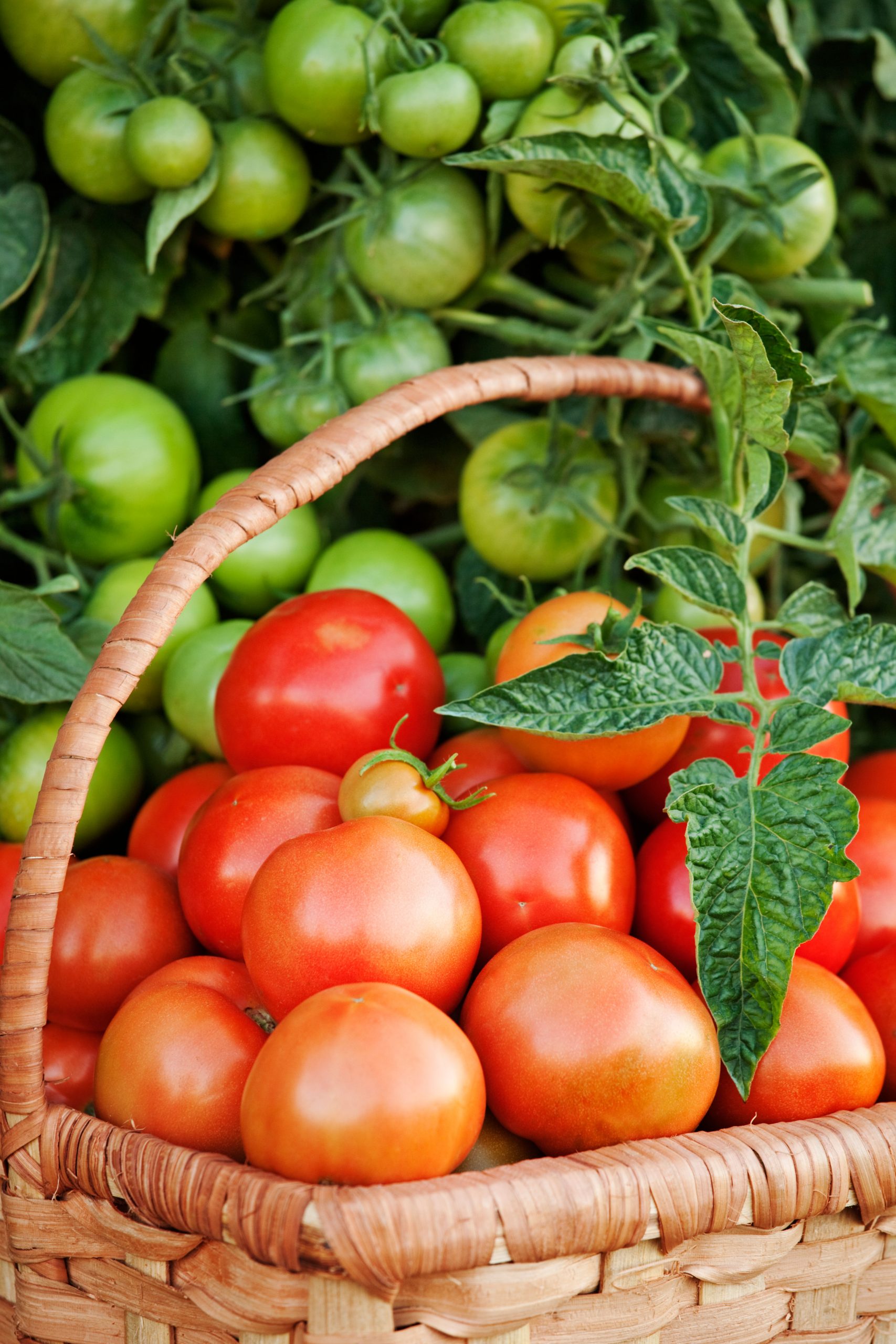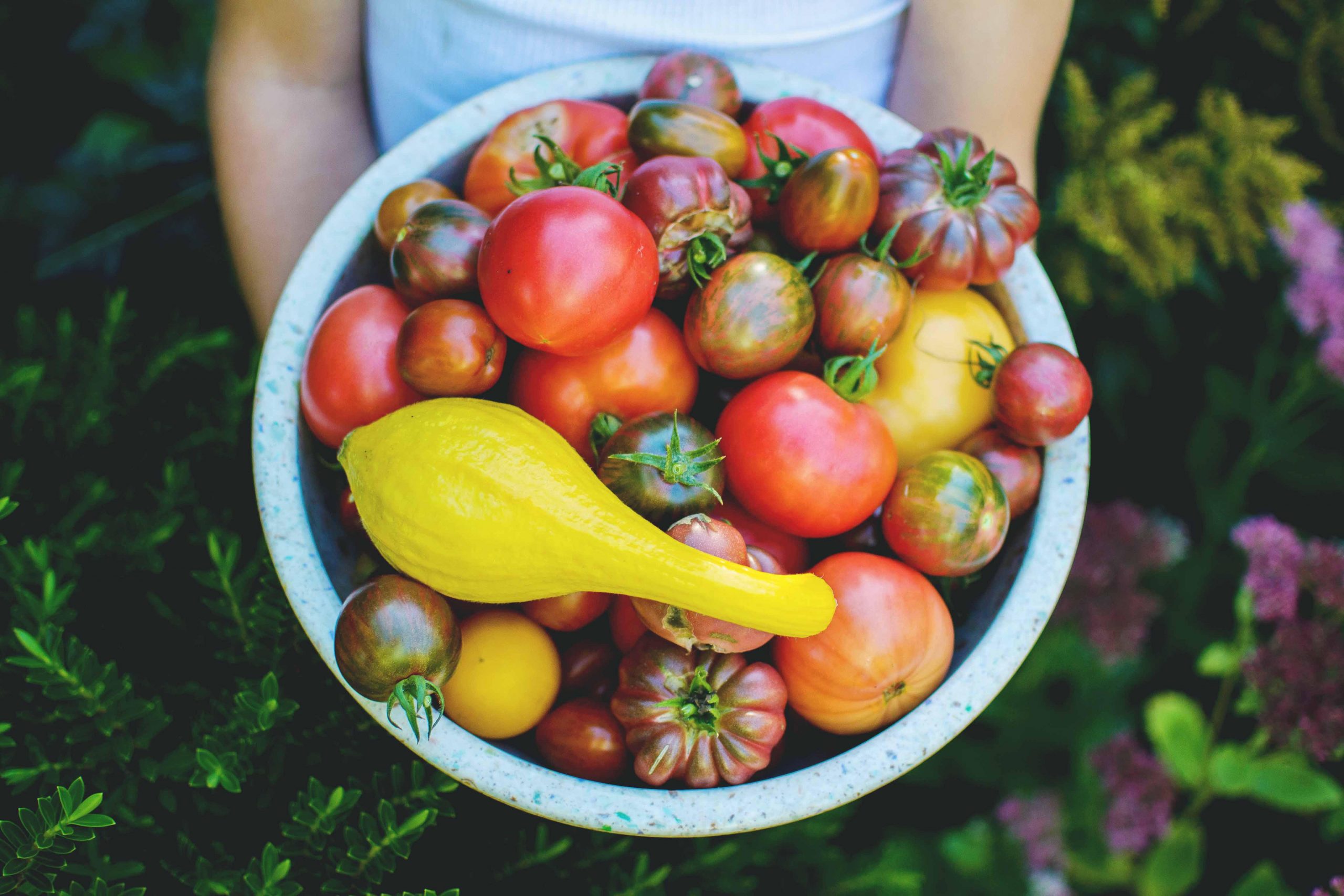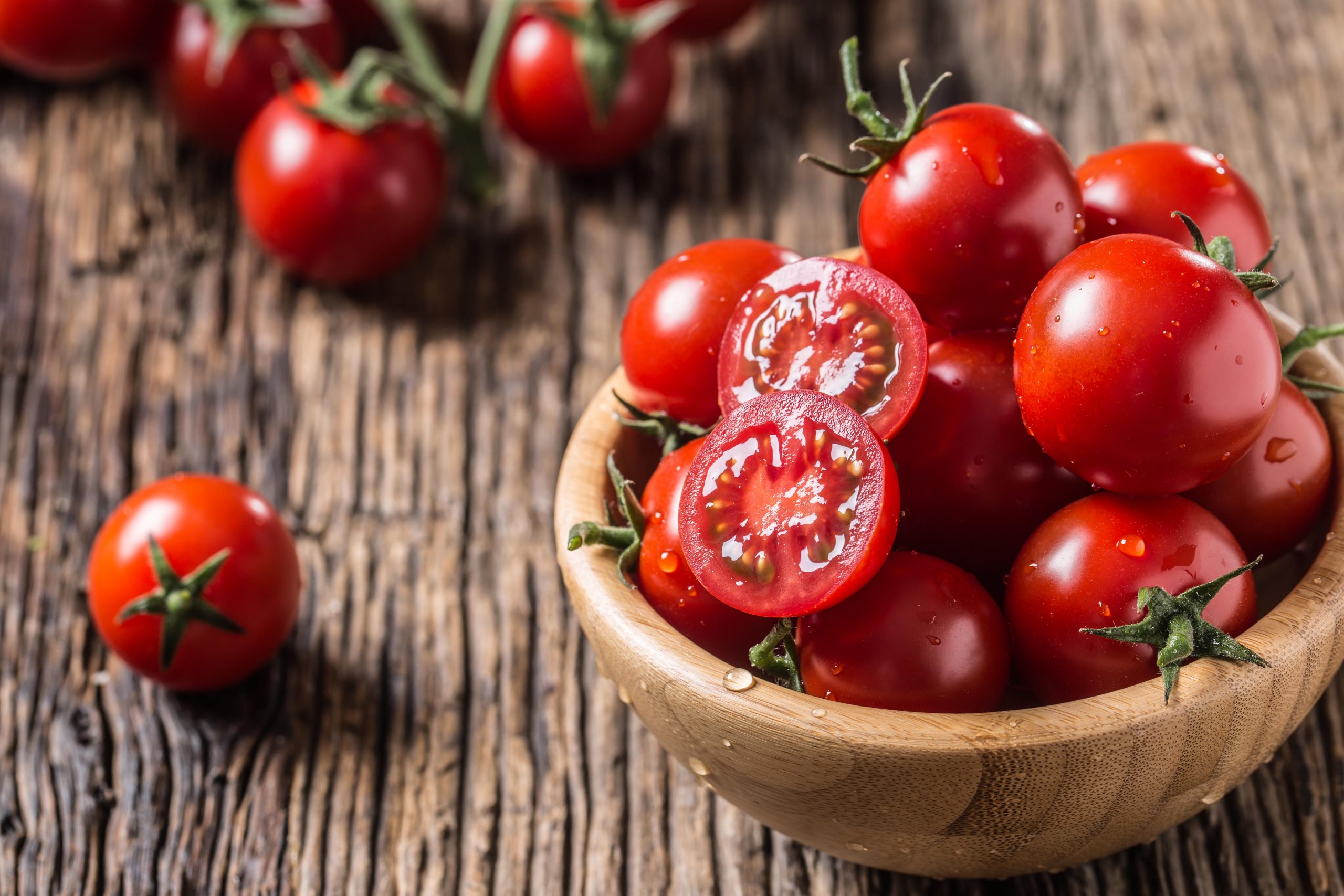Curious Question: Why was the tomato considered to be poisonous?
Martin Fone takes a look at the history of one of our mealtime staples, from its first introduction into Europe in the early 16th century as an exotic plant, to how it ended up on our plates.


Is it a fruit? Is it a vegetable? It’s a superfood. Britons eat half around half a million tonnes of them a year, the equivalent of two per person per week.
According to a recent YouGov survey[1], they are our eighth most popular vegetable and, Kantar report, we are most likely to add them to our lunch. Known for their high nutritional content, they are a great source of vitamins C and K, potassium, and folate, and a major dietary source for the antioxidant, lycopene, which is credited with reducing the risk of heart disease and cancer.
As ubiquitous as Solanum lycopersicum, aka the tomato, is in our diet, curiously there is still uncertainty as to whether it is a fruit or vegetable. Botanically, it contains seeds and, therefore, a fruit, classically defined as a seed-bearing receptacle that grows from the ovary of a flowering plant.
More specifically, it is a berry with a firm skin, known as the exocarp, and a fleshy, pulpy interior, the mesocarp, in which the seeds are held. Bring a tomato into a kitchen, though, and it is treated like a vegetable because of its relatively low fructose levels, used primarily in savoury dishes rather than desserts.
To many, the precise categorisation of a tomato may seem moot, a subject for a lively dinner table discussion, but for John Nix it was a matter of some import. His company, one of the largest sellers of produce in New York City, shipped fruit and vegetables, including tomatoes, from Virginia, Florida, and Bermuda.

All was plain sailing until the Tariff Act of 1883 imposed a levy on imported vegetables but not fruit. Zealous customs officials levied the tax on Nix’s tomatoes, forcing Nix to apply to the Supreme Court to recover the duties paid and to classify tomatoes as fruit.
In Nix v Hedden (1893), the judges, while accepting that the tomato was, botanically, a fruit, ruled that ‘in the common language of the people…all these are vegetables which are grown in kitchen gardens, and which, whether eaten cooked or raw, are …usually served at dinner in, with, or after soup, fish, or meats, which constitute the principal part of the repast, and not, like fruits, generally, as dessert’.
Exquisite houses, the beauty of Nature, and how to get the most from your life, straight to your inbox.
In a tussle between taxes and botany, it was inevitable that the fiscal authorities would win, condemning the tomato to the intersection of the Venn diagram of fruit and vegetable.
Spanish conquistadors are credited with bringing the tomato over to Europe in the early 16th century from Mexico, where it both grew in the wild and was cultivated. Italian herbalist, Pietro Andrae Matthioli, was the first to write about what he called ‘golden apples’, linking them to both the nightshade and an aphrodisiac of the time, the mandrake. This link to the Solanaceae family was to have significant ramifications for the tomato.
The first British reference to a tomato appeared in Henry Lyte’s A nieuwe Herball (1578), a translation of a Dutch work. However, in the list of plants that he grew in his Wiltshire estate the tomato was conspicuously absent. John Gerard certainly grew them, reporting in his Herball (1597) that he planted seeds from Spain, Italy, and ‘other hot countries’ in his garden in Holborn. Two varieties, one red and the other yellow, of what he called Pomum Aureum and Poma Amoris, golden apples and love apples, are documented as growing in his garden in 1599.
Intriguingly, according to Elisabeth Whittle in Australian Garden History[2], (October 2016), Gerard may have been pipped to the post as Britain’s first tomato grower by Sir Edward Stradling, whose plants were raised in the grounds of his home, St Donat’s Castle in the Vale of Glamorgan.
So proud was Sir Edward of his tomatoes that he had Dr Thomas Leyshon immortalise them in a poem. Listed among the castle’s delights were ‘golden apples’ which ‘grow in the garden’. Leyshon’s poem, written before 1590, suggests that Sir Edward was growing tomatoes at least in the 1580s, probably well before Gerard.
Gerard, though, was much more influential in the botanical world and although he described the tomato in his Herball as having a ‘bright shining redde colour’ and that they were eaten in Spain and other hot countries with salt, pepper, and oil, he was scathing as to their nutritional merits. They ‘yeelde very little nourishment to the bodie’. Indeed, he considered that ‘the whole plant’ was ‘of ranke and stinking savour’.

Gerard’s damning indictment coupled with its association with the mandrake, itself a poisonous plant, was enough to establish the canard that the tomato too was toxic. Tomatoes as a food may have been good enough for foreigners, who, according to John Parkinson, the royal botanist in Charles I’s court, ate them to ‘coole and quench the heate and thirst of the hot stomaches’, but for the British they were just exotic plants grown purely for ornamental purposes, an attitude that persisted well until the 19th century.
In the intervening period tomatoes were known as ‘poison apples’. Their leaves do contain toxic alkaloids, including tomatine and solanine, but not in sufficient quantities to be deadly. An adult would have to eat about a pound of tomato leaves to become nauseous and their pungent smell would probably discourage all but the foolhardiest from gorging on them.
A greater danger was posed by what they were served on, namely pewter plates, which were high in lead content. The high acidity in the tomato would cause it to leach lead from the plate, causing many a diner to suffer from lead poisoning as a result, sometimes with fatal consequences. These poisonings further damaged the tomatoes reputation, no one thinking to make the connection between plate and poison.
It took some extraordinary steps by enthusiasts to rehabilitate the tomato’s reputation. In 1820 in Salem, New Jersey, Robert Gibbon Johnson drew a crowd of curious onlookers by proclaiming that he was going to eat a tomato before their very eyes. Those expecting to him collapse frothing at the mouth were disappointed. He ate the tomato with no ill effects. Slowly, public confidence in the safety of the tomato grew.
New forms of storage such as the tin can, the emergence of a railway system, and the development of plate glass facilitating growing on a commercial scale all helped the tomatoes to establish a foothold in the British diet.
By the 1880s such was the demand for tomatoes, now commanding very lucrative prices at Covent Garden, that many commercial growers set up operations in Worthing. ‘Sunny Worthing’s’ climate proved ideal for growing what became its most famous export, the tomato, and its independent nurseries employed thousands.
By 1899 Worthing was known as a ‘town of hot-houses’, but sixty years later most of the nurseries had closed. British growers, though, still produce about 20% of the tomatoes that we consume.
Thanks in no small part to John Gerard, what is now commonplace in the British diet had a long battle to gain acceptance. Just do not serve them on pewter plates!
[1] https://yougov.co.uk/ratings/food/popularity/vegetables/all
[2] https://www.jstor.org/stable/24919123
After graduating in Classics from Trinity College Cambridge and a 38 year career in the financial services sector in the City of London, Martin Fone started blogging and writing on a freelance basis as he slipped into retirement. He has developed a fearless passion for investigating the quirks and oddities of life and discovering the answers to questions most of us never even think to ask. A voracious reader, a keen but distinctly amateur gardener, and a gin enthusiast, Martin lives with his wife in Surrey. He has written five books, the latest of which is More Curious Questions.
